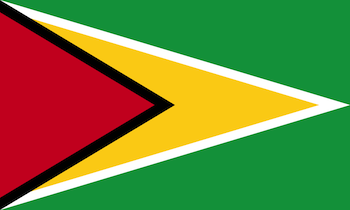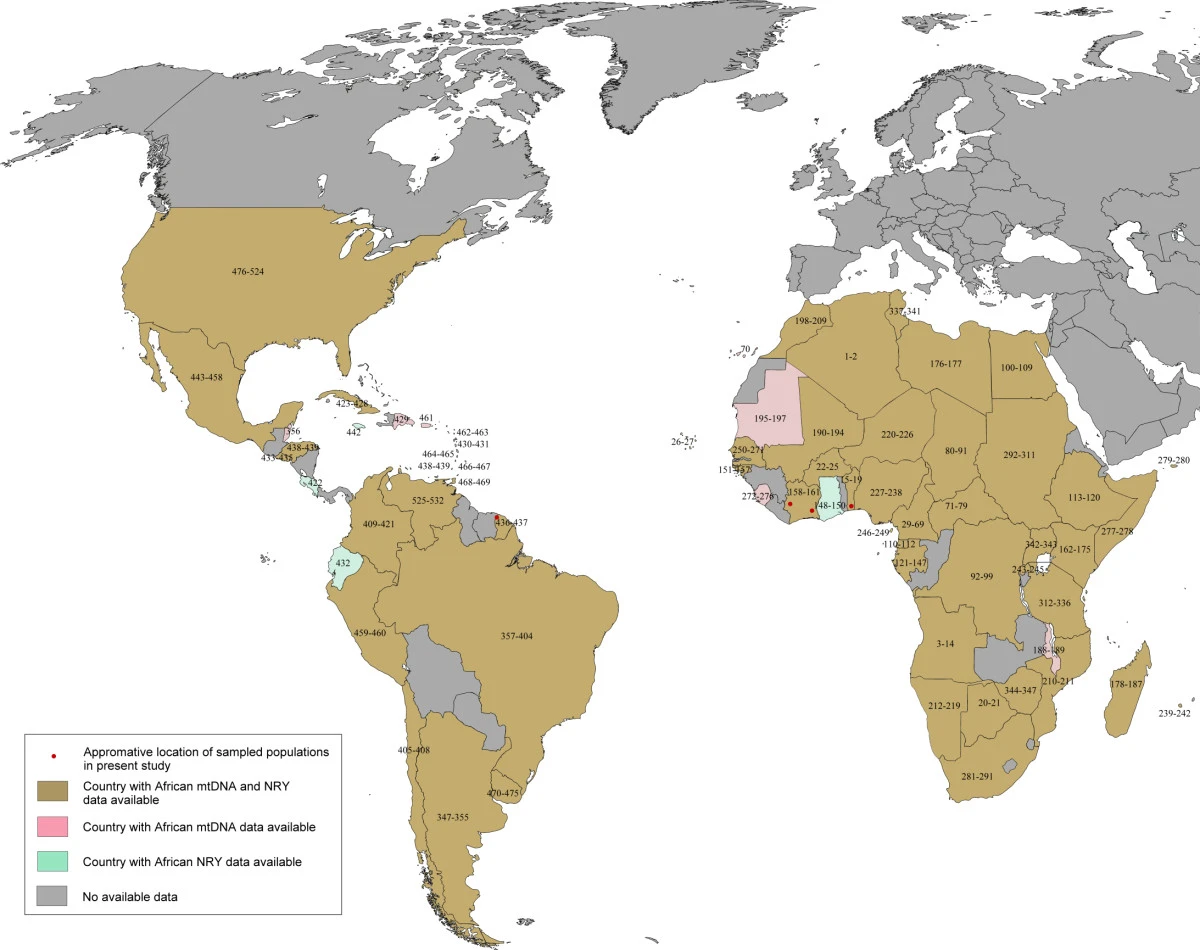That guy was exposed as a Caribbean tether, and tried to deny his background.
He's the new
@Professor Emeritus
You are dumb, nothing was exposed. People asked me my background and I told them. As if that is supposed to be a secret.
You are so dumb you don’t even know what the word exposed means. Hilarious.
Nor do you know what the word tether means, or what Tariq means by it. lol
The Guyanese was exchanged for NY and enslaved people were taken in both directions. Thus is why my genealogy (in the genetic tree) shows common ancestors in the USA.
"
The first direct shipment of enslaved Africans arrived in New Amsterdam in 1655. The voyage of the White Horse
came in the wake of significant changes in the Dutch Atlantic. In this blog, American historian Dennis Maika outlines how family and business connections shaped the development of a slave-trading center in Manhattan."
[...]
"The Dutch West India Company had thus far never sent enslaved Africans to New Netherland, in spite of their hints and unfulfilled promises. The arrival of the first vessel to sail from West Central Africa was unique in another way: it was organized and funded not by the West India Company but exclusively by Dutch private investors."
[...]
"Actively involved in the Brazil-West African trade,
De Sweerts saw an opportunity to divert African captives previously intended for the sugar plantations of Pernambuco or Paramaribo to the West Indies and New Netherland. He hired Meijndert Lourensz Swart, a seasoned skipper with experience navigating and
trading in the Gulf of Guinea, to secure a cargo of West African captives and take them to New Amsterdam for sale."
The first direct shipment of enslaved Africans arrived in New Amsterdam in 1655. The voyage of the White Horse came in the wake of significant changes in the Dutch Atlantic. In this blog, American historian Dennis Maika outlines how family and business connections shaped the development of a...

www.nationaalarchief.nl
"The African slave rebellions in 1763 and 1823 were formative moments in the nation's history. African slaves were transported to Guyana; in contrast, East Indians came as indentured laborers. Guyana's story was a struggle to free itself from colonial rule and the lingering effects of colonialism.
The Dutch were the first Europeans to settle in modern-day Guyana. In 1616, the Dutch established the first European settlement in Guyana, a trading post twenty-five kilometers upstream from the mouth of the Essequibo River."
*On this date in 1966, Guyana gained independence from Britain. Located in Northeastern South America, Guyana’s recorded history began in 1499, when Alonso de Ojeda’s first expedition arrived from Spain at the Essequibo River, having traveled through the Middle Passage. The Guyana story has been...

aaregistry.org
“This instrument consists of a gourd banjo body and a banjo neck made by Wm. E. Boucher, Jr., that was likely attached to the gourd body at a later date.
The gourd recalls the banjo’s African roots. The earliest sightings of banjo-like instruments in the Western Hemisphere date from the 1680s and describe enslaved Africans in the Caribbean playing plucked lutes with gourd bodies. Because of the fragility of gourds and the ephemeral quality of early pre-manufactured folk banjos, only two early gourd banjo-like instruments are known to exist.
One was collected in Suriname before 1777 and the other was found in Haiti before 1872. The gourd body on this instrument shows wear and, while the neck that was originally attached to it has been lost, it is nevertheless one of very few extant pre-20th century gourd banjo bodies found in the Western Hemisphere.
The 5-string banjo with a steam-bent wooden hoop first appeared in the late 1830s. By 1845, William Boucher, a successful Baltimore musical instrument retailer and drum maker, had begun to make banjos. His workshop was the first to produce banjos in substantial quantities. This banjo neck has refined design details that exemplify Boucher’s excellent and inventive craftsmanship. These include the delicately proportioned headstock shaped like a violin peghead, and the double ogee where the short 5th string tuning peg is located on the top edge of the fingerboard.
Why the highly refined Boucher neck is attached to a gourd banjo body usually associated with a pre-manufactured folk instrument is unknown. One explanation is that Boucher neck was repurposed to replace the missing neck from the gourd body in order to produce a playable banjo. Another explanation is that the two parts were attached by a dealer simply to meet a collector’s request for a gourd banjo rather than to construct a playable instrument. (Peter Szego, 2020)”
The Met presents over 5,000 years of art from around the world for everyone to experience and enjoy.

www.metmuseum.org
"Modern African American populations show this genetic diversity, inherited from African, European and Amerindian populations. Nine to ten million Africans were deported to the American colonies during the 16th-19th centuries. In the Guianese regions [
1], between Brazil and Venezuela, approximately 400,000 slaves arrived to work in the plantations from 1604 to 1815 for mainly Dutch, but also English, French and Portuguese Jew settlers. Although many of these slaves were shipped by the Dutch
West Indische Compagnie (WIC, 1620-1674), which controlled several African trading posts notably in the Bight of Benin, most of them were sold by independent slavers who traded along the Atlantic coast of Africa. Historical reports show widespread origins of the enslaved working force in Guiana, ranging over the Atlantic African coast from Senegal to Angola: 12% of the slaves came from Senegambia (present-day Senegal, Guinea-Bissau, Guinea), Sierra Leone and the
Windward Coast (present-day Liberia and a part of the Ivory Coast), 56% from the Gold Coast (the remaining part of the Ivory Coast and Ghana) and the Bight of Benin (present-day Togo, Benin and a part of Nigeria), 5% from the Bight of Biafra (the remaining part of present-day Nigeria, Cameroon, Equatorial Guinea and Gabon), and 28% from South West Africa (present-day Angola) [
2]. The slavers took advantage of this high cultural diversity, by breaking all ethnic and familial networks and by maintaining a sëx-ratio (2/3 men and 1/3 women) to prevent rebellions during the
Middle Passage (the crossing of Atlantic Ocean) and in the plantations."
Background Retracing the genetic histories of the descendant populations of the Slave Trade (16th-19th centuries) is particularly challenging due to the diversity of African ethnic groups involved and the different hybridisation processes with Europeans and Amerindians, which have blurred their...

bmcecolevol.biomedcentral.com








 We not doing this. She is a scammer. She plans trips, invites people along, and then steals their money.
We not doing this. She is a scammer. She plans trips, invites people along, and then steals their money.